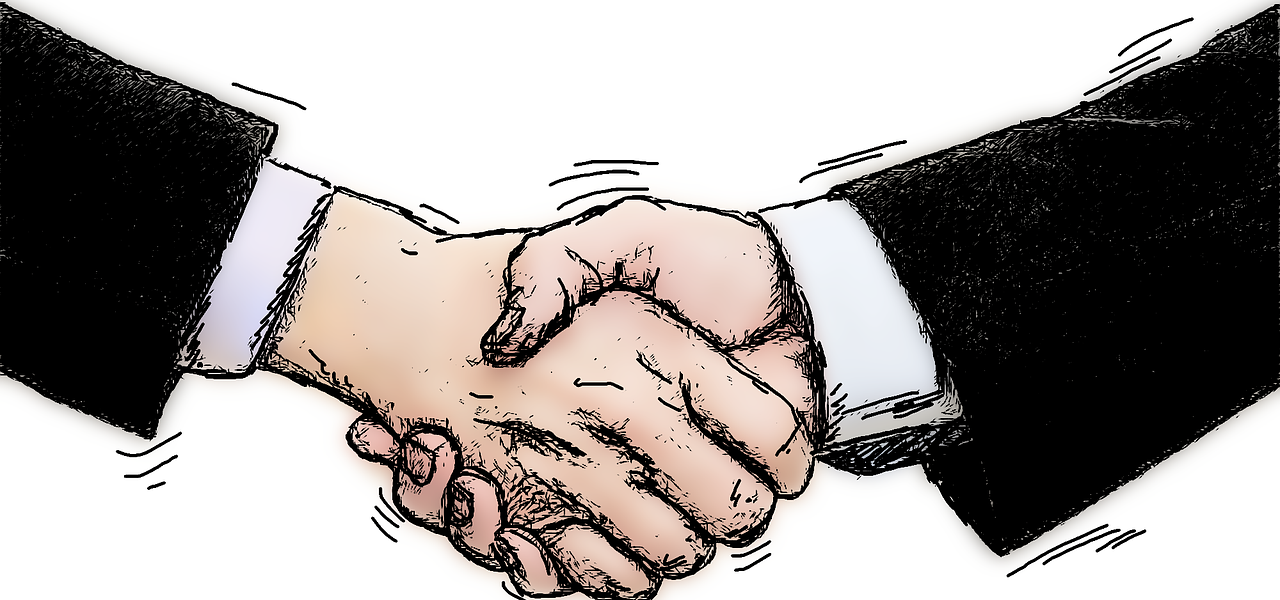Every Las Vegas Casino Heist Explained
Everyone hopes to go Las Vegas and come back a millionaire by playing slots or endless games of poker. Some people, however, have different ideas as to how to make bank. Today we will tell you about these people who committed the most infamous heists all over map of casinos in Las Vegas
...





